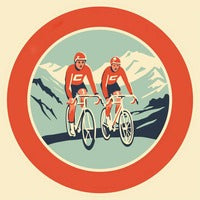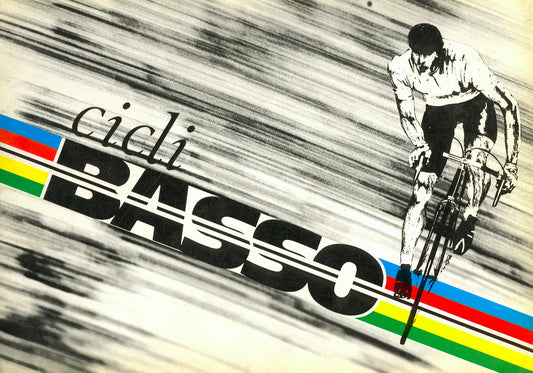Introduction: Cycling is not only an eco-friendly mode of transportation but also a fantastic way to soak in the sights and stay fit. However, the road is a shared space, and understanding where to ride is crucial for every cyclist's safety and the smooth flow of traffic. This guide aims to shed light on the rules, the ideal positions on the road, and tips for a harmonious co-existence with other road users.
The Legal Landscape
In many regions, cyclists are legally permitted to ride on most roads, barring motorways. For instance, in the UK, The Highway Code provides clear guidelines on where cyclists can ride. "Position yourself in the centre of your chosen lane, where you feel able to do this safely, to make yourself as visible as possible and to avoid being overtaken where this would be dangerous. If you do not feel safe to proceed in this way, you may prefer to dismount and wheel your bike across the junction." It's prudent to familiarize oneself with the local laws governing cycling in your area or any region you plan to cycle in.
SummaryIn the UK you should position yourself in the centre of your chosen lane, where you feel able to do this safely.
Making Use of Designated Bike Lanes
Designated bike lanes are ideal but not always available or in the best condition. When available, they provide a safer passage for cyclists, separating them from the flow of motor vehicles. However, some bike lanes may be poorly maintained or blocked by parked cars and pedestrians, necessitating a shift onto the main road. Being vigilant and ready to adapt to the road conditions is a trait every cyclist should cultivate. Additionally, advocating for better cycling infrastructure and reporting obstructions in bike lanes can contribute to improved conditions over time.
SummaryBike lanes are designed to offer a safer passage for cyclists, but their condition and the behavior of other road users can sometimes necessitate veering onto the main road.

Interacting with Other Road Users
A little courtesy goes a long way on the road. Acknowledging a driver who gives you space or waiting for pedestrians to cross at designated crossings fosters goodwill. Eye contact and hand signals can communicate your intentions to others, promoting a safer environment. Being predictable in your movements, following road rules, and respecting traffic signals are fundamental for harmonious interactions. In case of confrontations, keeping a cool head and avoiding escalation can defuse potentially dangerous situations. Remember, respectful interaction paves the way for a more understanding and safer road-sharing culture.
SummaryRespectful interaction with other road users fosters a safer environment for everyone. Communication is key.
Equip Your Bike for the Road
A well-equipped bike can significantly enhance your safety and the overall cycling experience on the road. Investing in high-quality lights ensures you are visible to other road users, especially in low-light conditions. A bell or horn is essential for signaling your presence or intention, particularly in traffic or around pedestrians. Reflectors and reflective gear also boost your visibility, while fenders and mudguards provide protection from water and mud splashes. Additionally, a well-maintained brake system is crucial for controlling your speed and stopping promptly when necessary. A basic toolkit, a spare inner tube, and a pump can be lifesavers in case of minor mechanical issues. The essence of these accessories is to make your cycling journey safe, comfortable, and enjoyable.
SummaryEquipping your bike with necessary safety gear like lights, bell, and reflectors, along with maintenance tools, is crucial for visibility, communication, and tackling minor mechanical issues on the road.
Final Thoughts
Cycling on the road can be a joyful experience when we understand and adhere to the rules, respect other road users, and equip ourselves and our bikes adequately for the journey. So, gear up, hit the road, and enjoy the ride!


